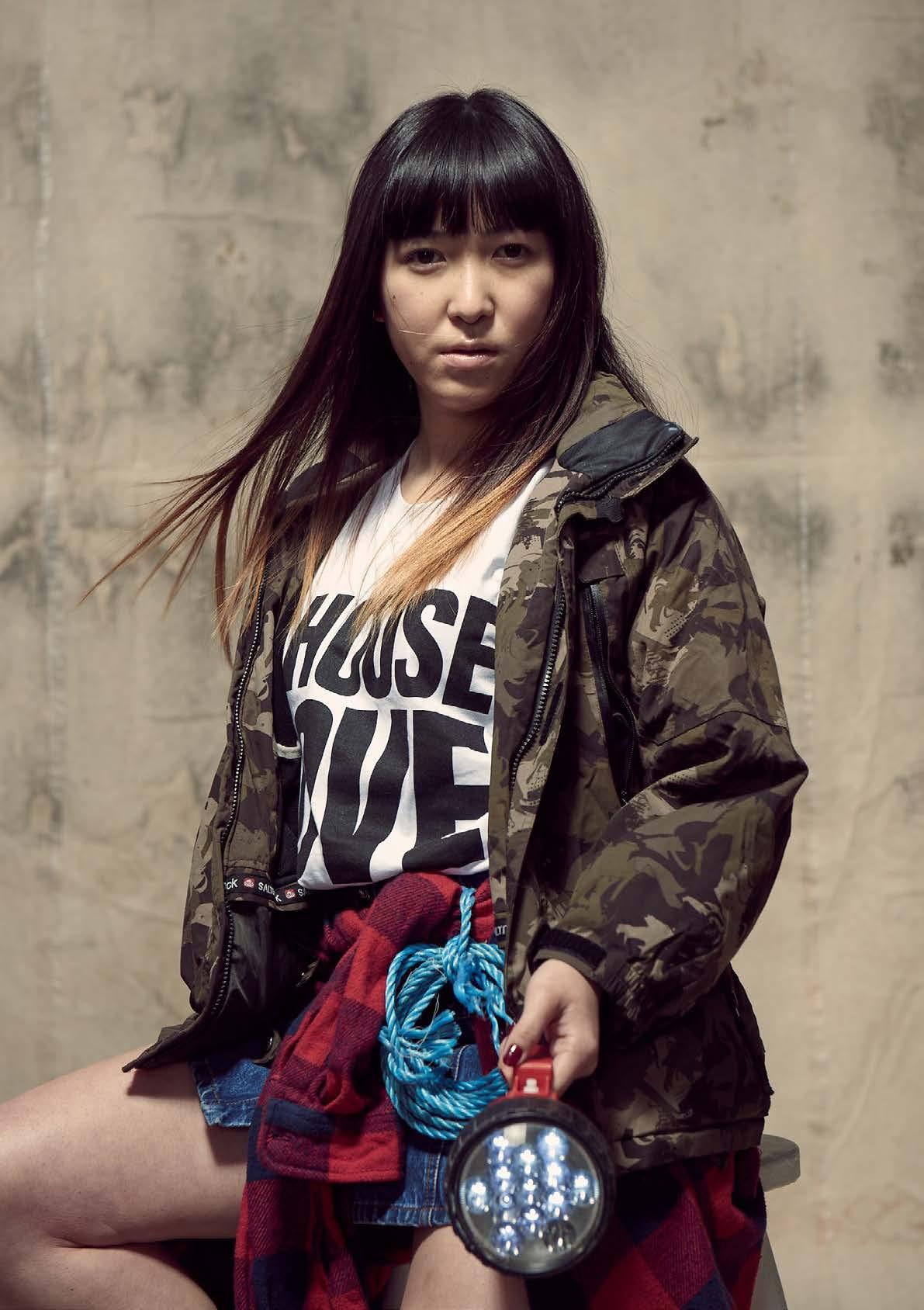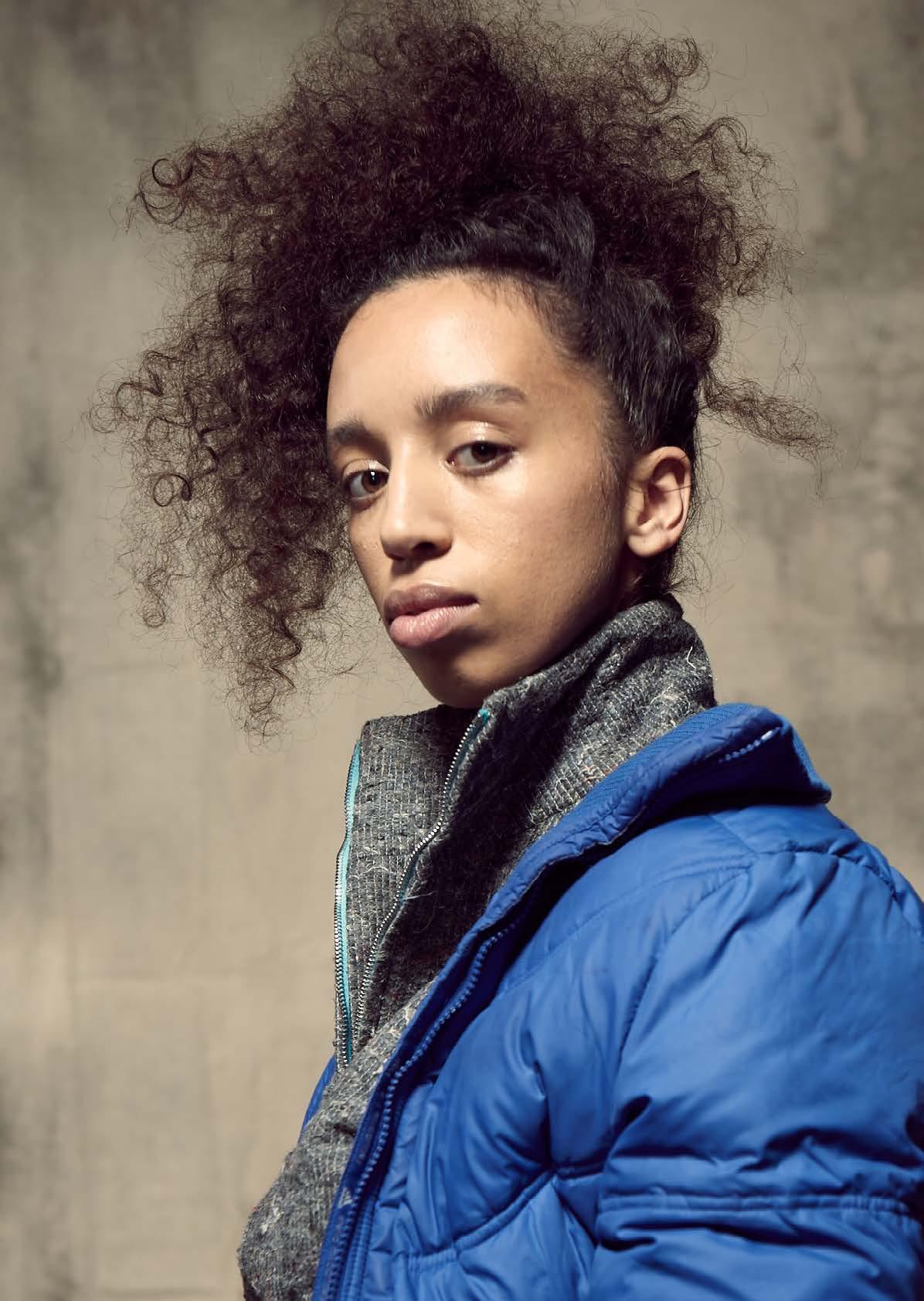
5 minute read
INTRODUCTION TO THE POLICY DIALOGUE TOOLKIT
The fashion industry affects many lives, from farmer to factory worker to final consumer. Everyone wears clothes - whether you are interested in fashion or not, we still have to get dressed! That is why sustainability in fashion, better practices and a more mindful approach to how we make, buy and wear our clothes benefits us all.
Fashion and textiles have played an important role in the history of global trade and international development. Today, fashion is one of the most globalised industries. It also relies on many other industries, including agriculture, chemicals, oil, transport, communications and technology. Our governments, from the local to the national and international level, play an essential role in writing the rules, upholding standards, and enforcing the laws and regulations that shape the global fashion industry. These influential governmental policies help determine the impact that the fashion industry has on the environment, people and communities across the world. Therefore, policies — such as laws, regulations, government directives and standards — have the power to transform our world, actively reducing poverty, creating sustainable livelihoods, promoting human well-being, empowering women and girls and protecting ecosystems.
We all have a stake in ensuring that the fashion industry contributes positively to society and our planet. However, many voices are often left out of policy discussions. Consumers, producers and factory workers, creative professionals, artisans, farmers and other stakeholders should be an integral part of policymaking as they each hold valuable insights, experience and knowledge — but often these groups are not consulted, especially not by those who make laws and influence fashion industry norms.
This is why we are inviting you to create your own policy discussion, inviting people with many different perspectives to weigh in on how the laws and policies that shape the fashion industry in your country need to be improved.
IN THIS TOOLKIT, YOU WILL LEARN:
• What is a Policy Dialogue and how it can be a useful tool
• How to organise your own Policy
Dialogue
• How to choose a focus issue for your Policy Dialogue
• How to investigate and map out relevant stakeholders and policy issues in your country or region
• Who to involve in your Policy
Dialogue and how to ensure that their insights and ideas are heard and put into action
• How to analyse the outcomes and information gathered through your
Policy Dialogue
• How to turn your analysis into actionable policy recommendations that you can share with governments, influential decisionmakers and your own community
• How to creatively and effectively communicate and disseminate your policy recommendations to various audiences
ABOUT THIS TOOLKIT
This toolkit is intended to be used by a wide range of audiences interested in or affected by the fashion and textiles industry, including country level implementers and decision-makers at all levels, fashion professionals and supply chain workers, citizens and civil society organisations.
Although some parts of this toolkit are essential, it is not intended to be prescriptive. You may choose to follow it step-by-step or you may want to pick and choose the tools and techniques that make the most sense for your unique situation. In the appendices, you will find a series of worksheets and exercises designed to help you make the most of your Policy Dialogue.
The Policy Dialogue toolkit has been developed as part of the ‘Fashion Revolutionaries’ partnership between Fashion Revolution and the British Council, which aims to create positive change in the global fashion industry.
ABOUT THE CHECK-IN POINTS
Throughout this document, there are several checkin points. You should use these check-in points as opportunities to track your progress. Once you have completed a section and see a check-in point, you should reflect on the work you have done so far. If you are working as part of a team, this would be a good opportunity to come together and review your work so far, make sure you are on the right track and decide what next step is best for you.
WHAT IS A POLICY DIALOGUE?
A Policy Dialogue is essentially a structured discussion that helps a group of people to develop or implement policy change. This is done through a series of evidencebased discussions, workshops and consultations on a specific issue. It starts with the belief that policy can have a positive impact on real life situations.
A Policy Dialogue helps people to see the issues from multiple perspectives. This can lead to better understanding of the policies at play and bring about meaningful improvements to policies. When done well, a Policy Dialogue can be a powerful advocacy platform, a valuable source of information and provide solutions which take into account many different views. The ultimate goal of the Policy Dialogue is to inform policy making processes in your country. In other words, this will be a tool that enables a wide range of different voices to engage in a debate about the social and environmental impacts of the fashion industry in your country or region.
Your Policy Dialogue will be an iterative process, meaning that it will take place via a series of evidence-based discussions, interviews and workshops over a period of time, to come up with solutions. Your Policy Dialogue will create interactions and promote collaboration amongst stakeholders over a common issue. It is worth noting that your Policy Dialogue may include formal consultations, workshops and discussions as well as many informal consultations (e.g. through email, coffee meetings, event networking and so on). It includes any communication or contact between people who are contributing in some way, shape or form to the discussions around the issue and policy recommendation.
Whether formal or informal, a Policy Dialogue provides a means to enhance mutual understanding of problems and expand trust between partners by providing a platform to discuss and solve the issue together. A Policy Dialogue increases buy-in and ownership because stakeholders are given a chance to be actively involved by sharing their perspectives and opinions on policy issues and questions. This is crucial because achieving policy change and effectively implementing policy is dependent on involving the stakeholders who are affected by the policy and those that are involved in creating and implementing policies in your country. It means stakeholders will have a vested interest in seeing the proposed changes being put into action.
At the end of your Policy Dialogue process, you will create a set of policy recommendations that can be used to advocate for policy change in your country or region.
In Appendix 2 you will find a list of relevant definitions. These should help you better understand some of the terminology used throughout this toolkit, especially helpful when it comes to choosing the topic of your Policy Dialogue.






